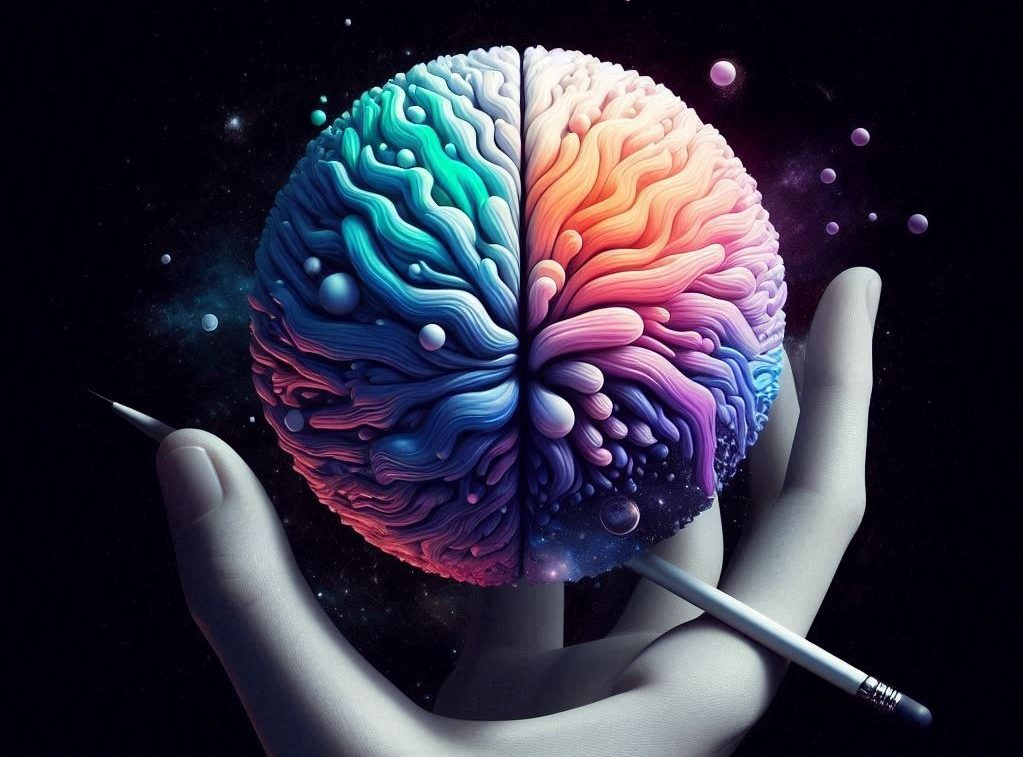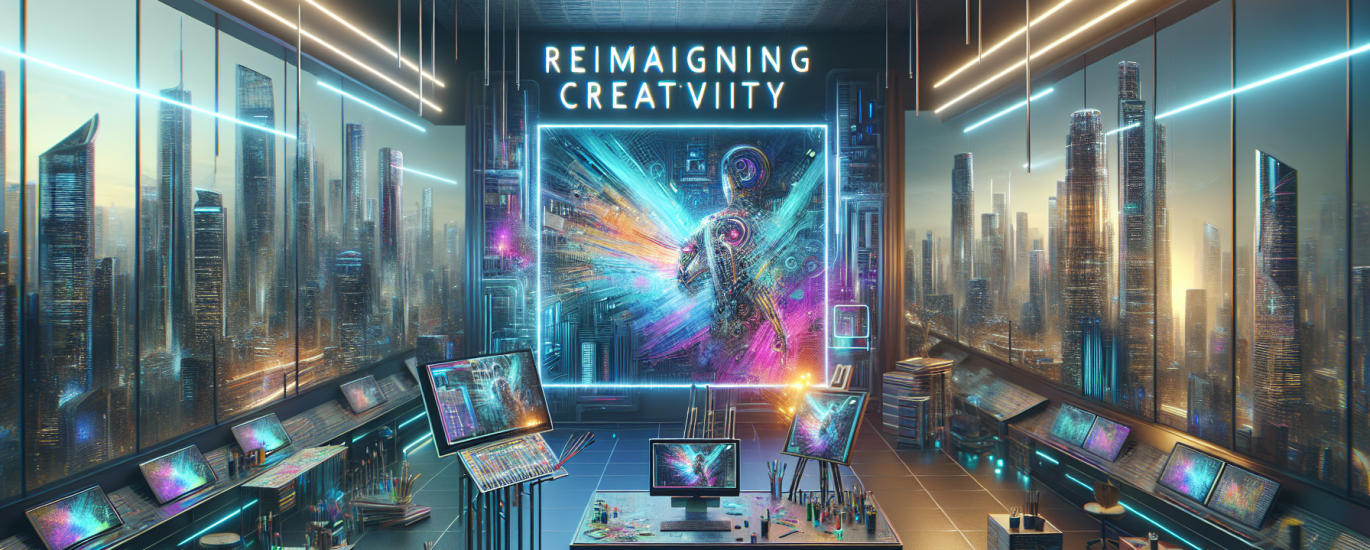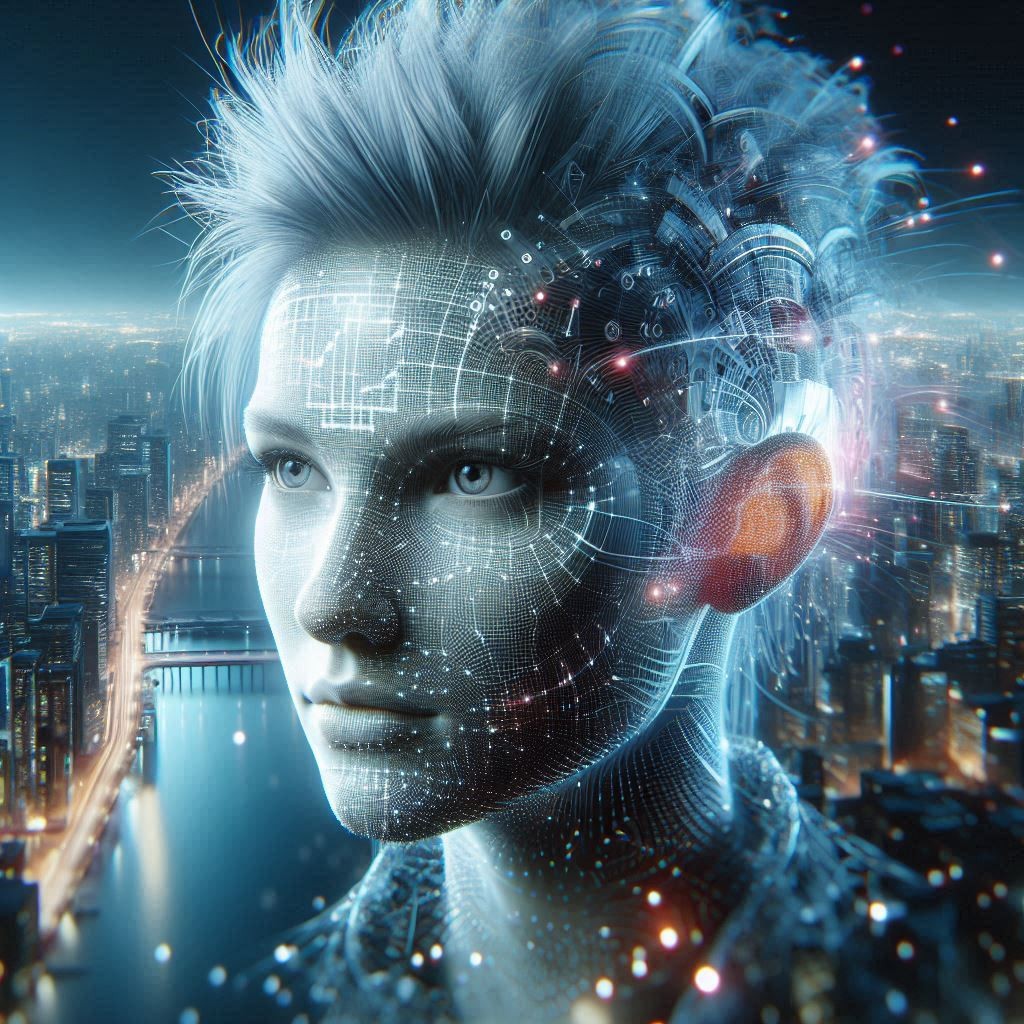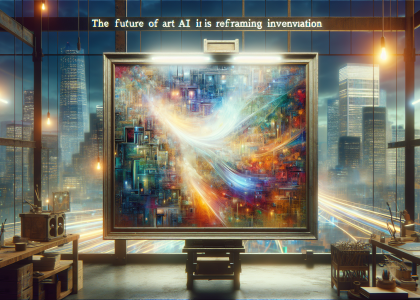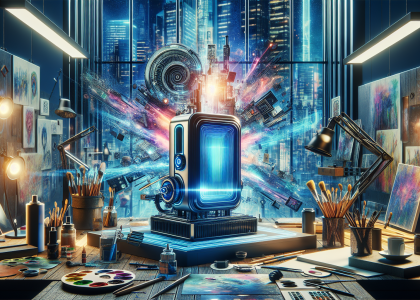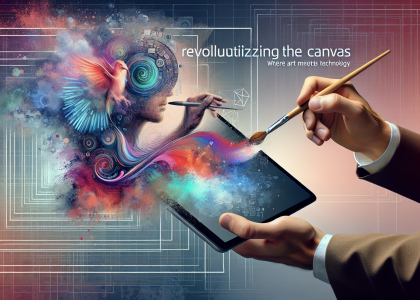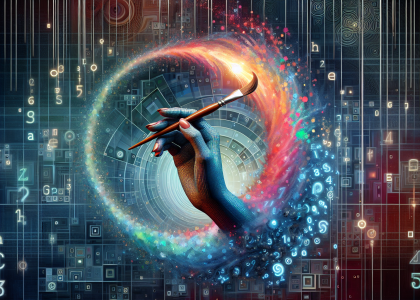The Art of AI: How Artificial Intelligence is Revolutionizing Creativity in Music, Visual Arts, and Literature
Artificial Intelligence (AI) has long been a topic of fascination for artists, technologists, and anyone curious about the intersection of creativity and innovation. As AI continues to evolve and improve, its impact on various artistic disciplines is becoming increasingly evident. From the world of music to visual arts and literature, AI is reshaping the way artists create, collaborate, and express themselves.
In the realm of music, AI is being used to generate new sounds, styles, and even entire albums. The likes of Amper Music and AIVA have developed AI-powered music composition tools that can create custom tracks in minutes, using a combination of algorithms and human input. These tools are not only saving time for musicians but also opening up new avenues for creative expression.
“For the first time in history, we have the tools to create music that is not only indistinguishable from human-created music but also surpasses it in many ways,” says Dr. Andrew B. Sayers, a leading researcher in AI-generated music. “The possibilities are endless, and we’re just beginning to scratch the surface of what’s possible.”
In visual arts, AI is being used to generate stunning works of art, from paintings to sculptures. The likes of Deep Dream Generator and Prisma have developed AI-powered tools that can transform user-uploaded images into breathtaking works of art. These tools are not only creating new forms of art but also challenging traditional notions of creativity and authorship.
“The AI-generated art is not just a product of the machine, but also a reflection of the human input that goes into creating it,” says artist Refik Anadol, who has worked with AI-powered tools to create stunning visual installations. “It’s a new frontier in the world of art, and one that holds endless possibilities for creativity and innovation.”
In literature, AI is being used to generate new stories, characters, and even entire worlds. The likes of NovelAI and Storybrewer have developed AI-powered tools that can create custom stories in minutes, using a combination of algorithms and human input. These tools are not only saving time for writers but also opening up new avenues for creative expression.
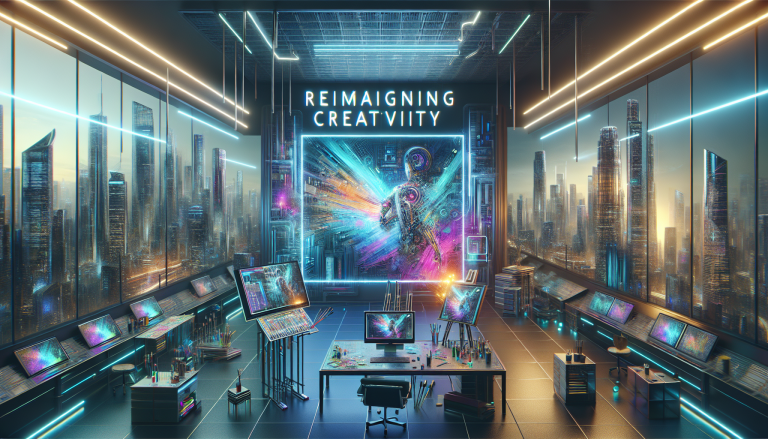
“AI is not just a tool for writers, but also a collaborator,” says author and AI researcher, Dr. Kate Burridge. “It’s a way to tap into the infinite possibilities of the human imagination and create something entirely new and original.”
One of the most exciting aspects of AI in the arts is its ability to push boundaries and challenge traditional notions of creativity. By automating certain tasks and freeing up human artists to focus on higher-level creative decisions, AI is enabling artists to explore new forms of expression and innovation.
“The AI is not replacing the human artist, but rather augmenting their abilities,” says artist and AI researcher, Dr. Alex Reben. “It’s a new partnership between humans and machines, one that holds endless possibilities for creativity and innovation.”
As AI continues to evolve and improve, its impact on various artistic disciplines is becoming increasingly evident. From music to visual arts and literature, AI is reshaping the way artists create, collaborate, and express themselves. Whether it’s generating new sounds, styles, and even entire albums, or creating stunning works of art, AI is opening up new avenues for creativity and innovation.
But what does the future hold for AI in the arts? As one AI researcher notes, “The future of AI in the arts is bright, and it’s only just beginning to unfold.”
In the world of music, AI is being used to generate new sounds and styles, from electronic dance music to classical compositions. The likes of Amper Music and AIVA have developed AI-powered music composition tools that can create custom tracks in minutes, using a combination of algorithms and human input.
“These tools are not only saving time for musicians but also opening up new avenues for creative expression,” says Dr. Andrew B. Sayers, a leading researcher in AI-generated music. “The possibilities are endless, and we’re just beginning to scratch the surface of what’s possible.”
In visual arts, AI is being used to generate stunning works of art, from paintings to sculptures. The likes of Deep Dream Generator and Prisma have developed AI-powered tools that can transform user-uploaded images into breathtaking works of art.
“The AI-generated art is not just a product of the machine, but also a reflection of the human input that goes into creating it,” says artist Refik Anadol, who has worked with AI-powered tools to create stunning visual installations. “It’s a new frontier in the world of art, and one that holds endless possibilities for creativity and innovation.”
In literature, AI is being used to generate new stories, characters, and even entire worlds. The likes of NovelAI and Storybrewer have developed AI-powered tools that can create custom stories in minutes, using a combination of algorithms and human input.
“AI is not just a tool for writers, but also a collaborator,” says author and AI researcher, Dr. Kate Burridge. “It’s a way to tap into the infinite possibilities of the human imagination and create something entirely new and original.”
One of the most exciting aspects of AI in the arts is its ability to push boundaries and challenge traditional notions of creativity. By automating certain tasks and freeing up human artists to focus on higher-level creative decisions, AI is enabling artists to explore new forms of expression and innovation.
“The AI is not replacing the human artist, but rather augmenting their abilities,” says artist and AI researcher, Dr. Alex Reben. “It’s a new partnership between humans and machines, one that holds endless possibilities for creativity and innovation.”
As AI continues to evolve and improve, its impact on various artistic disciplines is becoming increasingly evident. From music to visual arts and literature, AI is reshaping the way artists create, collaborate, and express themselves. Whether it’s generating new sounds, styles, and even entire albums, or creating stunning works of art, AI is opening up new avenues for creativity and innovation.
But what does the future hold for AI in the arts? As one AI researcher notes, “The future of AI in the arts is bright, and it’s only just beginning to unfold.”

